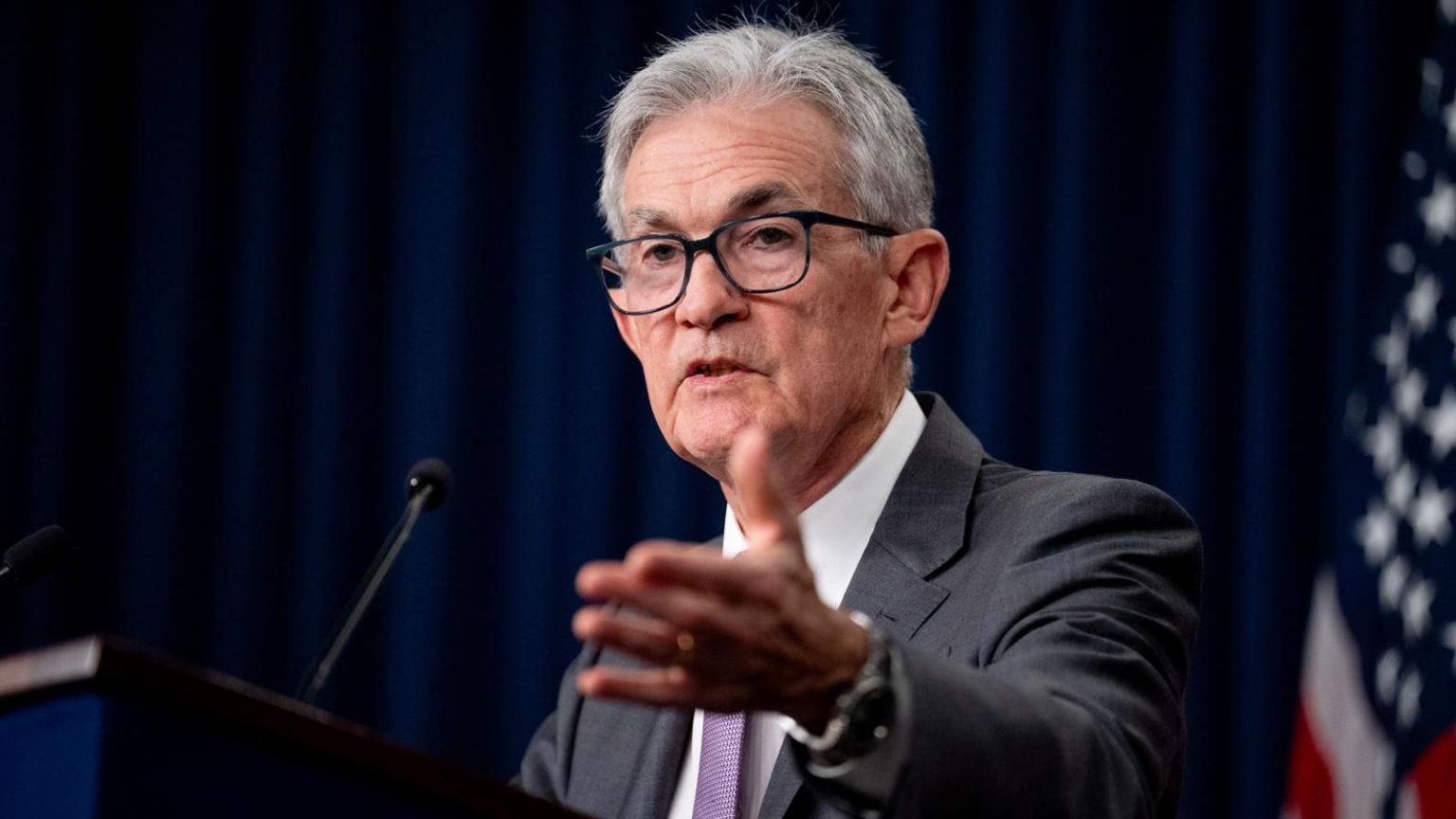The recent Federal Open Market Committee (FOMC) meeting took place on July 30-31, where Chairman Jerome Powell announced that interest rates would remain at their current levels. Despite hopes for a rate cut, the Federal Funds Rate has been steady at around 5.33% for over a year, affecting short-term interest rates in banks for all consumers. While economic indicators suggest continued expansion, job gains have slowed and inflation has eased, keeping the Federal Reserve cautious about making any changes to the rate at this time.
Powell emphasized the uncertainty of the economic outlook and the risks involved in the decision-making process. The Committee decided to keep the target range for the federal funds rate at 5.25 to 5.5% until there is greater confidence that inflation is moving sustainably towards the Fed’s 2% objective. With a cooling labor market and some easing inflation, the Fed must carefully balance the possibility of cutting rates too soon versus waiting too long to act. The upcoming employment and inflation data will play a crucial role in influencing the Fed’s decision on interest rates at their next meeting in mid-September.
Despite suggestions that a rate cut could be on the table in September, Chair Powell stressed the Fed’s commitment to data-driven and non-partisan decision-making, regardless of the potential impact on voting during the upcoming elections. Small businesses may take a cautious approach towards borrowing, as rates are expected to potentially decrease in September and possibly again in November. Businesses needing capital for inventory purchases for the holiday season may face challenges in securing funding if they decide to wait for lower rates.
For companies looking to purchase real estate and equipment, the decision to borrow may be influenced by the timing of interest rate reductions. Real estate prices remaining high despite high interest rates could impact expansion and growth plans regardless of rate cuts in the future. Small businesses must carefully evaluate their financial needs, growth opportunities, and the impact of immediate financing on their cash flow before deciding whether to borrow now at higher rates or wait for potential rate reductions in the future.
Overall, the borrowing decision for small businesses depends on the type of financing needed and the urgency of their financial needs. If borrowing now can lead to growth opportunities that increase revenue and profitability, accepting higher interest rates might be worthwhile. Business owners should assess their current financial situation, growth potential, and overall economic conditions to make an informed decision about when to borrow. While waiting for lower rates in September may reduce the cost of capital, the immediate financial needs of the business and the potential benefits of immediate financing should also be considered.


